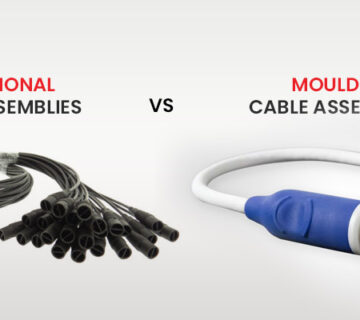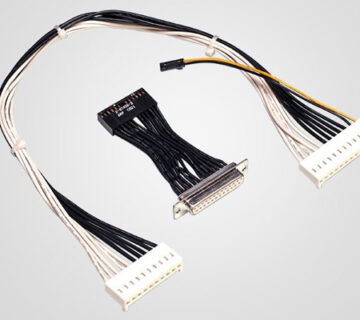Designing a PCB can be a very challenging job, as it requires extreme care while mentioning all the detailing. One small mistake and the entire board can malfunction, causing the entire application to fail. This is why you should be hiring sureshot experienced and reliable PCB manufacturers to design and manufacture the PCBs for your application. Miracle Electronics tops the list of the best PCB manufacturers from India, where you have a team of skilled designers with whom you can sit and discuss on your requirements, and expert engineers who can translate your requirements into a product. Also, if you have such an authorized manufacturer handling your job, you’ll have nothing to worry about as you can rest assured that your product is being examined and tested at every stage to ensure perfect manufacturing. Every designing rule is taken care of, and any violations, identified and tackled at the earliest. Just in case you are inquisitive to know, we’ll let you know in this blog about the most common PCB design rules, which if violated, can cause serious damage.
Copper spacing and trace width
Copper spacing, which refers to the air gap between two adjacent copper features, and the trace width, which refers to the width of a copper feature and conductors, should be perfectly calculated. For example, the minimum copper space and trace width for 1 ounce of finished copper weight should be 0.005”; for 2 ounce should be 0.006”; for 3 ounce should be 0.010”; and for 4 ounce should be 0.012”.
Zero exposure of copper
Any amount of exposed copper on the PCB’s edge or the inside of cut-outs, and the inside of non-plated drill holes can be problematic. To avoid this, certain instructions need to be followed. For example, single boards, tab-routed arrayed boards, and boards with cut-outs should have both the outer and inner copper layers at least 10 mils away from the center of the board edge, in order to prevent exposed copper.
Drill hole measurements and spacing
Drill holes that are small or too close to other drill holes can create problems. There should thus be a minimum of 10 mils edge-to-edge spacing between drilled holes, having a diameter of less than 65 mils; or the drill bits can break during high speed drilling.
Annular ring measurements
The annular ring is the portion of conductive material that surrounds a hole. A minimum of 0.005” and 0.007” is required for an annular ring for vias and component holes respectively. Moreover, the vias with connecting traces should have a pad that is 10 mils larger than their drill, and the component holes with electrical connections should have a pad that is 14 mils larger than their drill. On the other hand, tooling holes with no electrical connections can have a 0 mil annular ring.
These are the four most common design features that need to be certainly followed in order to have a skillfully performing PCB. And, when you have one of the best PCB manufacturers from India handling the job, every other detail is also considered to ensure that every aspect of quality management is followed. This is why you must always hire only an expert and experienced PCB manufacturer for the job.




